Towards the end of the 4th century B.C., the early Roman Empire began to flourish and spread. It gradually assimilated the Etruscans over the next couple hundred years until the Etruscans all but disappeared. The changes caused by the early Roman influence in the Tuscan region can be seen in the art, sculpture, and funerary practices pictured here.
The copper statue of Minerva seen here dates to around the 3rd century B.C.
The bronze statue of Minerva depicted here dates to the fourth century B.C.
The elaborately carved marble and limestone sarcophagi seen on the shelves of this room were characteristic of the early Roman Empire up through the 2nd to the 4thcenturies A.D.
This elaboration of marble carvings extended even to the lids of the tomb caskets.
As the early Roman Empire expanded, influences from other cultures began to creep into their art, as depicted in this Greek style urn.
The Roman Empire eventually included the conquest of Egypt around 30 B.C. and lasted until the 5th or 6th centuries A.D. During the time of the Medici's (14th and 15th centuries) many expeditions to Egypt were funded by this powerful family to excavate the tombs of Egypt and bring the funerary objects back to Italy. This part of the museum depicts a small portion of the items brought back by the Medici's. Just by the shear number of sarcophagi found in this museum, one can get a glimpse of the vast amount of artifacts removed from Egypt.
Egyptian sarcophagus collected by the Medici family. The lid to this can be partially seen in the display case on the left of the picture.
A small Egyptian obelisk with hieroglyphics. Typical of obelisks seen elsewhere, the hieroglyphics are on all four sides.
This chariot was dated to around 1000 B.C. Originally the frame was covered in gold leaf.
Typical Egyptian wall decoration.
The Egyptian wooden chair and stool depicted here dated back to the 6th or 7th century B.C. The small boxes under the chair originally held some sort of game pieces.
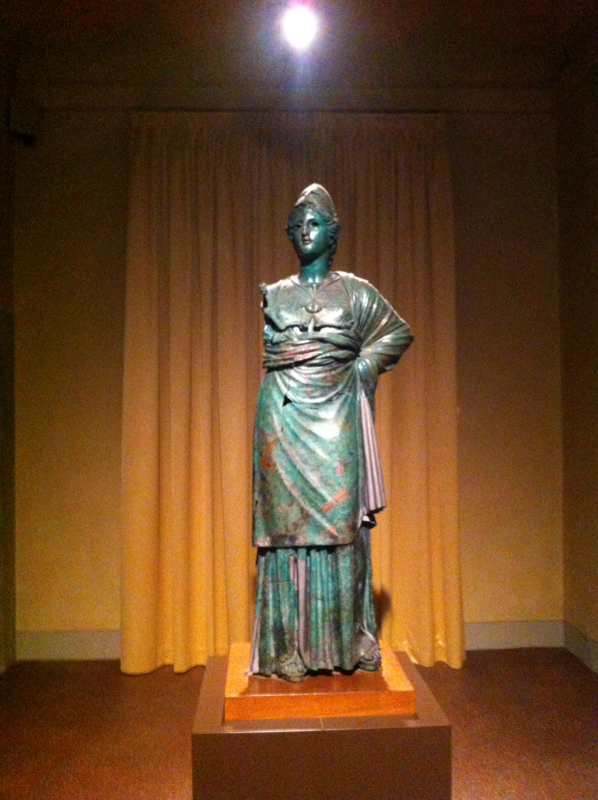
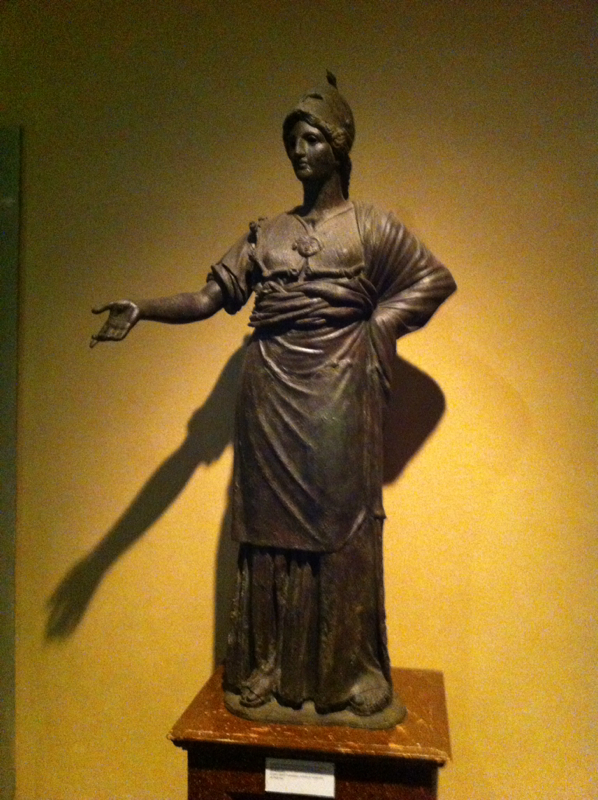
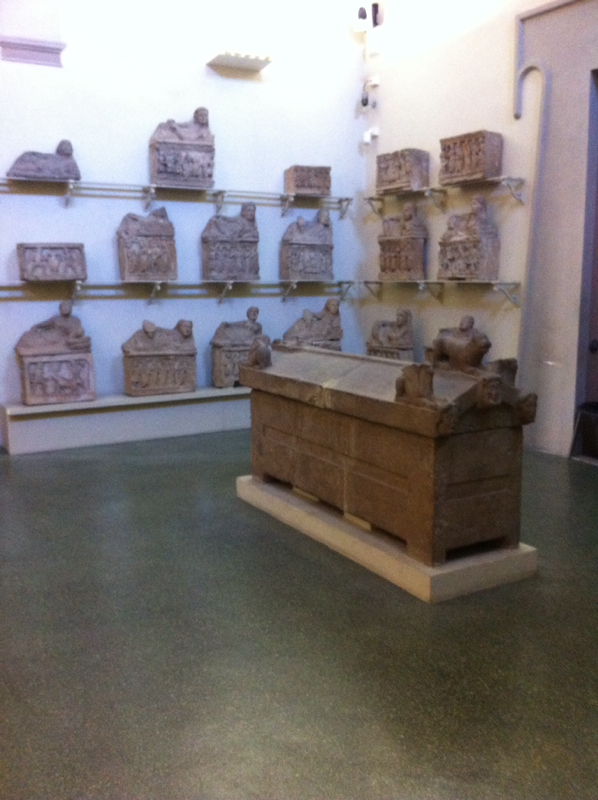
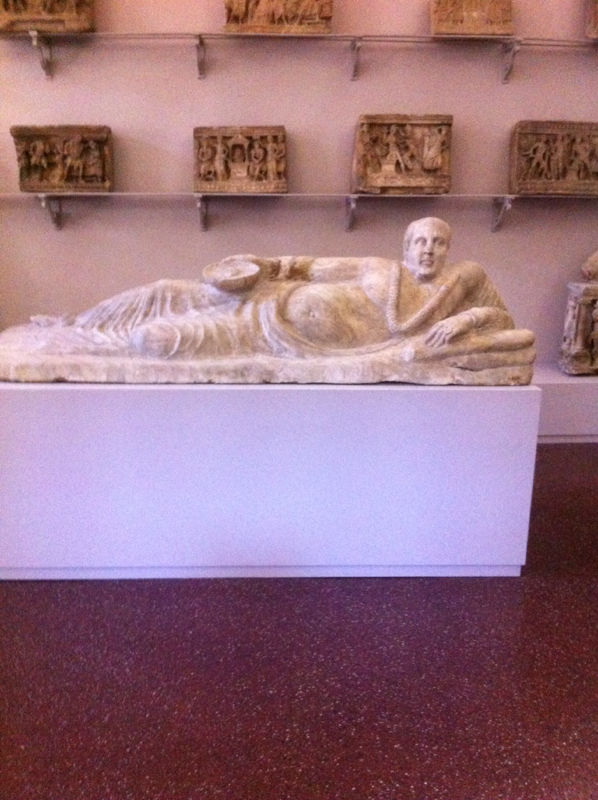
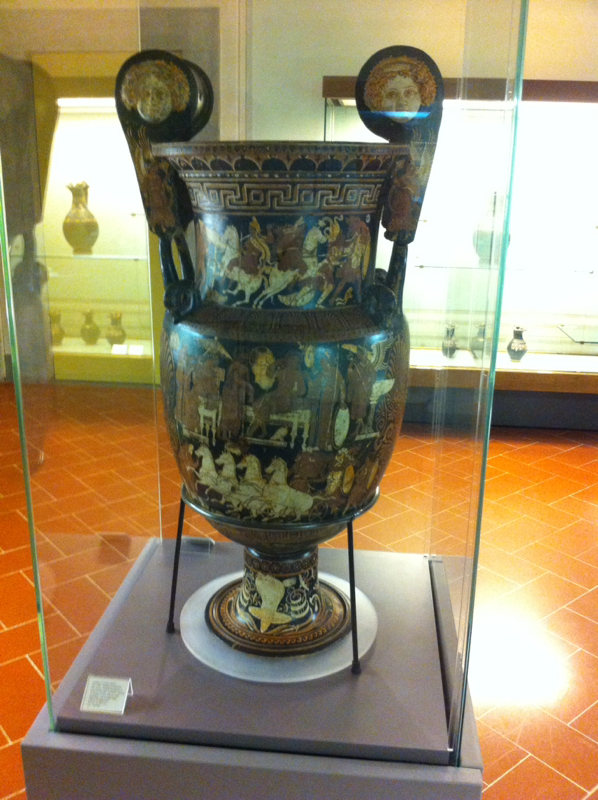
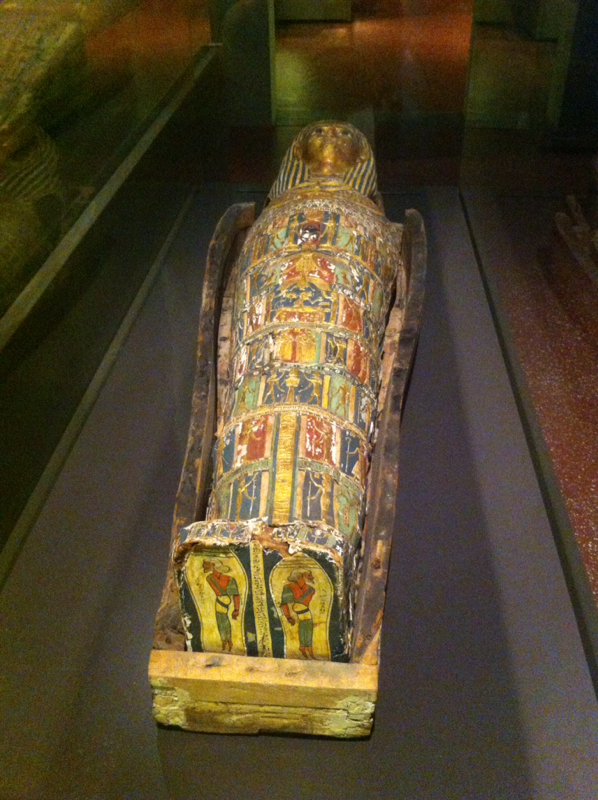
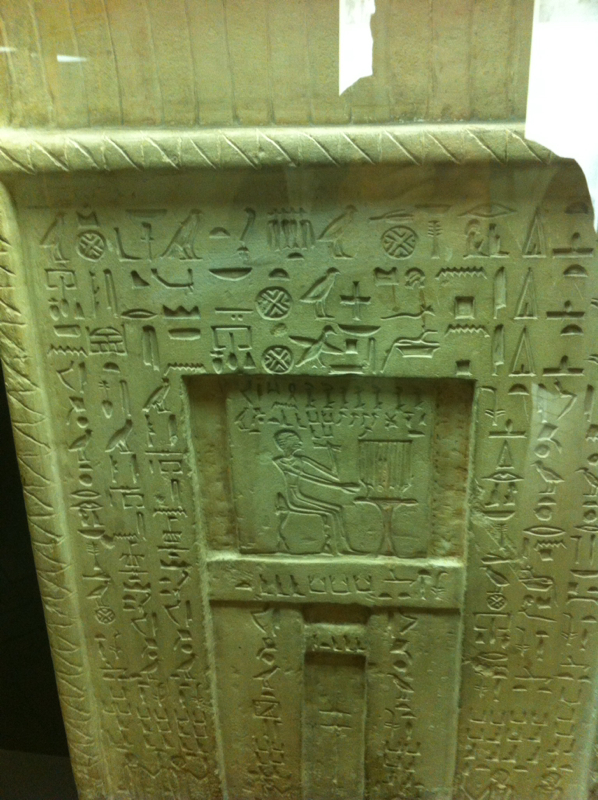
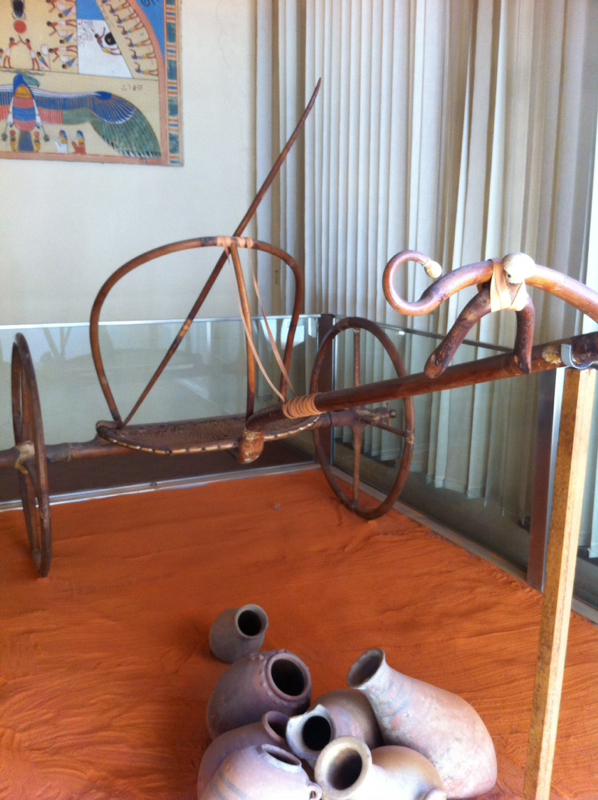
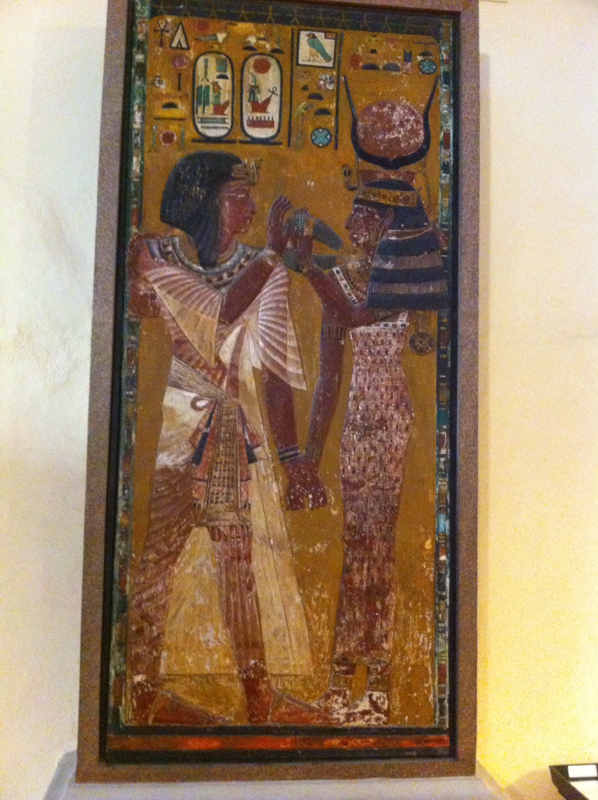
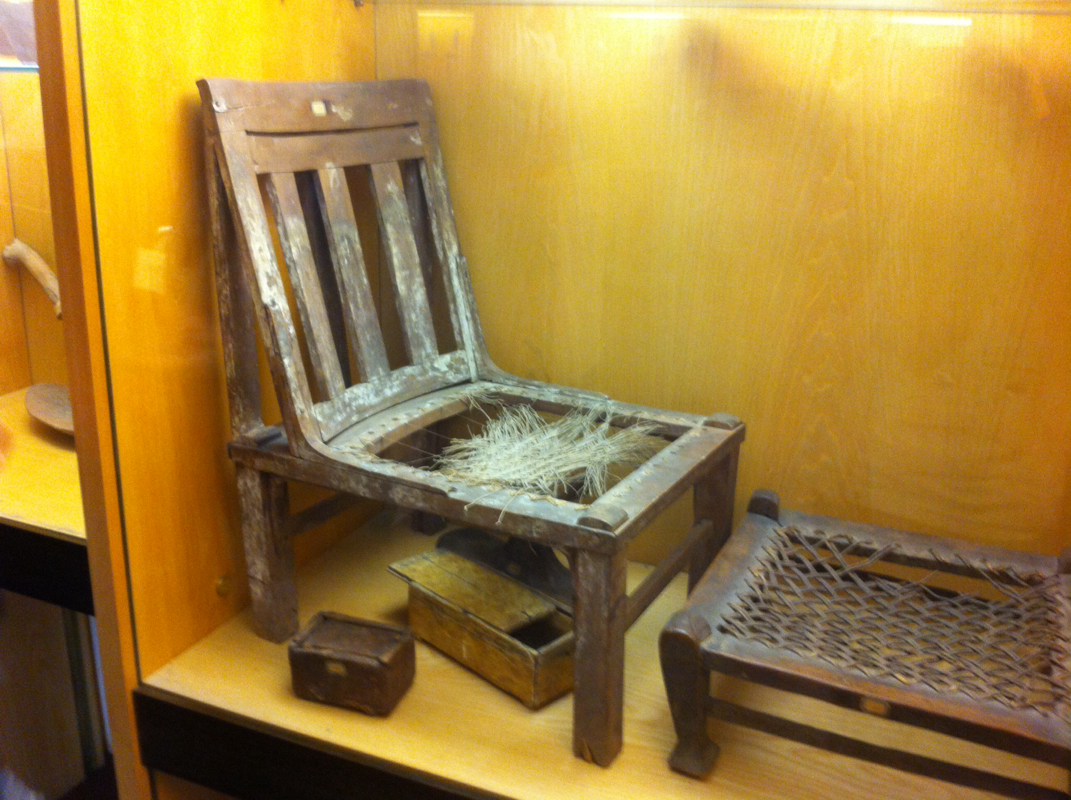
 RSS Feed
RSS Feed
